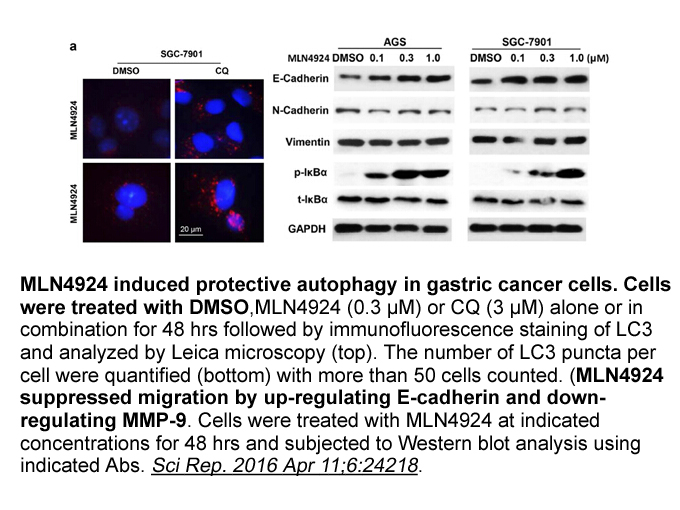Archives
Numerous epidemiological studies document fewer cardiovascul
Numerous epidemiological studies document fewer cardiovascular events and increased survival of non-CKD individuals treated with angiotensin-converting enzyme inhibitors/angiotensin receptor blockers (ACEI/ARBs) [8], [9]. By contrast, there are few studies of cardiovascular benefits of interruption of the renin-angiotensin-aldosterone system in MHD patients and the results suggest variable effects in this population. Fosinopril, an ACEI, provided no protection against CV events in MHD patients while the ARB telmisartan reduced all-cause and CV mortality in MHD patients with heart failure [10], [11]. We reported that ARB use, in combination with other antihypertensives, but not with ACEI, is associated with less CV death in MHD patients [12]. We also showed that ARB treatment exerts greater anti-inflammatory effects during hemodialysis compared with ACEI [13]. In a separate study, we found that short-term treatment with ACEI, but not ARB, increased circulating levels of asymmetric dimethylarginine (ADMA), which has been linked to vascular dysfunction, CVD and mortality in CKD [14]. Interestingly, HDL of patients with moderate CKD was reported to be enriched in symmetrical dimethylarginine (SDMA) linked to enhanced nicotinamide valeriana te dinucleotide phosphate-oxidase–dependent reactive oxygen species (ROS) production and reduced endothelial NO bioavailability [7] . HDL enrichment in serum amyloid A (SAA) has been shown to promote systemic inflammation in MHD patients [15]. Impaired anti-inflammatory function of HDL was recently linked to reduced cholesterol efflux and abnormal plasma membrane lipid homeostasis that correlated with SAA in patients with systemic lupus erythematosus [16]. Elevated plasma SAA associated with acute phase reaction in subjects with infections, cancer or autoimmune diseases have been linked to reduced cholesterol efflux by remodeled HDL [17]. Other compositional changes such as low apolipoprotein levels in hemodialysis patients have been postulated as contributing to low cholesterol efflux capacity [18]. Together, these findings underscore the potential for pleiotropic effects of ACEI/ARB inhibition on vascular inflammation and oxidative stress in across CKD.
. HDL enrichment in serum amyloid A (SAA) has been shown to promote systemic inflammation in MHD patients [15]. Impaired anti-inflammatory function of HDL was recently linked to reduced cholesterol efflux and abnormal plasma membrane lipid homeostasis that correlated with SAA in patients with systemic lupus erythematosus [16]. Elevated plasma SAA associated with acute phase reaction in subjects with infections, cancer or autoimmune diseases have been linked to reduced cholesterol efflux by remodeled HDL [17]. Other compositional changes such as low apolipoprotein levels in hemodialysis patients have been postulated as contributing to low cholesterol efflux capacity [18]. Together, these findings underscore the potential for pleiotropic effects of ACEI/ARB inhibition on vascular inflammation and oxidative stress in across CKD.
Methods
Results
Discussion
Angiotensin receptor antagonists and angiotensin converting enzyme inhibitors are widely and interchangeably used in many clinical settings, although recent findings suggest that in MHD patients, they may have different effects. The current study examined ACEI and ARB treatment on HDL function in MHD. Compared to placebo, HDL of MHD patients treated with either ARB or ACEI supported the capacity to elicit cholesterol efflux from lipid-loaded macrophages (Fig 1). Thus, while CEC of placebo-treated subjects fell by 36%, the CEC of HDL from subjects treated with ARB or ACEI was not reduced over the same time frame. The degree of preservation of efflux capacity was similar in ARB and ACEI groups. These data support the intriguing possibility that uremia-related HDL dysfunction can be modified by therapeutic interventions. These observations complement our previous studies showing that in vitro activation of cellular transporters by LXR agonists can increase efflux to dysfunctional HDL of MHD patients [5]. Therapeutic interventions can improve HDL's cholesterol efflux capacity in other chronic illnesses. For example, cholesterol efflux was increased by treatment with immunomodulatory agents in patients with rheumatoid arthritis [23], [24]. Several groups, including ours, have shown that although the magnitude of efflux increase is small, the benefit may be especially relevant in individuals with the most depressed cholesterol levels and the highest disease activity scores [23], [24].
To date, few studies have directly addressed possible cardiovascular benefits of ARB and ACEI in MHD. Compared to placebo-treated group, ARB/ACEI had a similar protective on the efflux capacity of HDL. As these are prevalent MHD patients, the CEC decrease does not reflect potentially adverse effects of dialysis initiation. On the other hand, it is possible that lower CEC reflects withdrawal of ARB/ACEI therapy in the placebo-treatment group. Indeed, 40% of placebo-treated subjects were maintained on ARB/ACEI prior to randomization. In any case, compared to placebo, antagonism of angiotensin II activity preserved CEC. In view of studies showing that CEC is a marker of atherosclerosis as detected by radiographic assessments and can predict cardiovascular events [2], [3], our findings suggest that ARB/ACEI intervention may prevent a decline in cholesterol efflux capacity in the MHD population. In non-diabetic nephrotics, lisinopril did not affect plasma cholesterol efflux capacity although the ACEI treatment did not modify elevated pre-beta HDL that may be the driver for cholesterol efflux in this setting [25]. Kopecky et al. reported that cholesterol efflux does not predict cardiovascular risk in diabetic patients on maintenance hemodialysis [26]. However, the authors acknowledge that the adverse consequences of years of diabetes and the long-term evolution in CVD may obscure differences in efflux capacity observed at baseline versus during follow up. Although the study did not investigate concomitant use of medications, in patients with the lowest CEC, atorvastatin reduced the risk for all cardiac events combined, results that remained significant after adjustment for multiple relevant risk factors. Since the half-life of HDL is 3–5 days, our data underscore the possibility that therapeutic interventions with ARB and ACEI can modulate CEC of the continuously renewed HDL over a period of weeks-to-months. Whether such interventions can be used to alter CV risk in the MHD population remains to be determined.